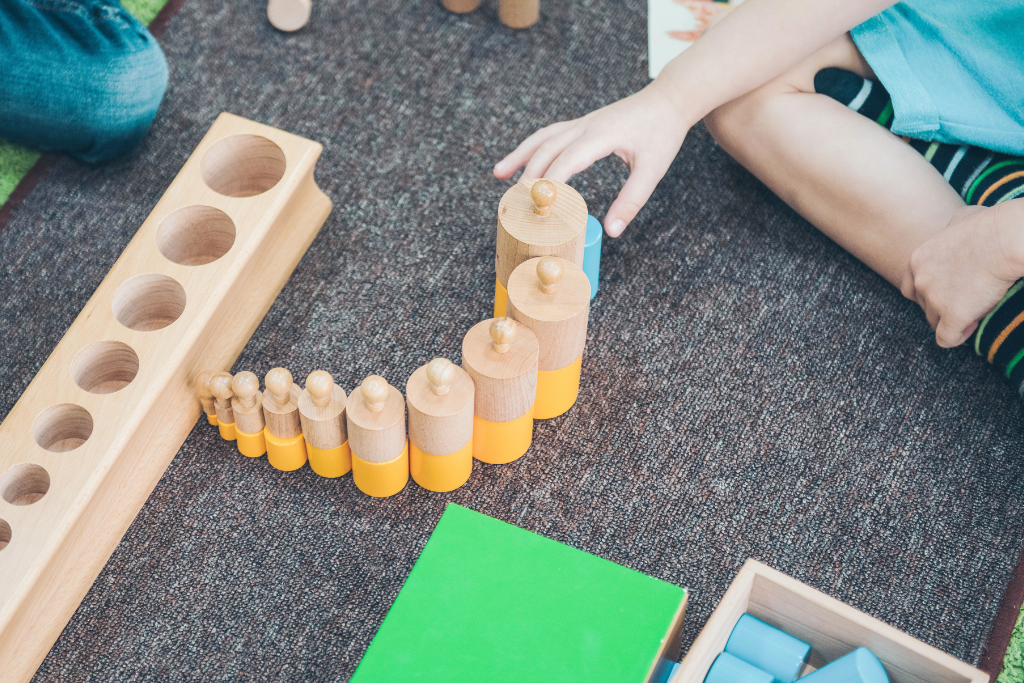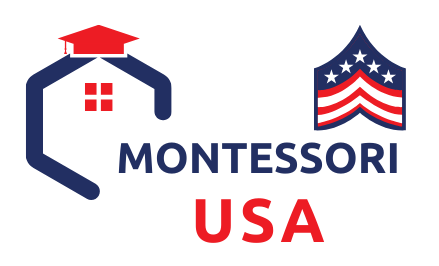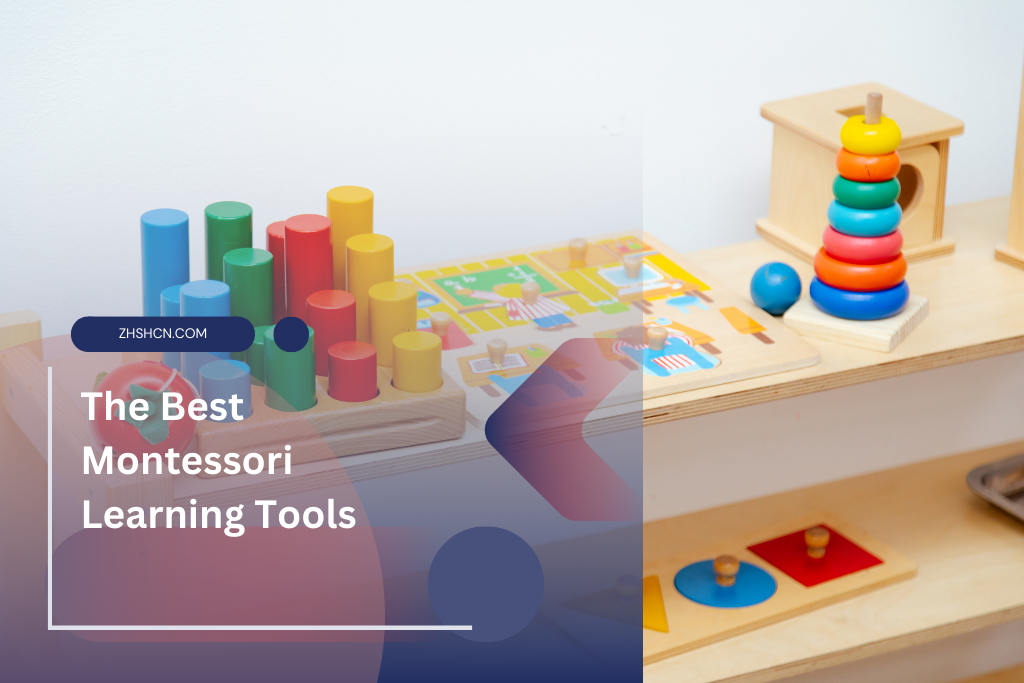Montessori learning tools are essential instruments to facilitate child-centric learning rooted in real-world, practical experiences. These tools are crafted to foster a deep sense of curiosity, engagement, and self-directed learning in children, aligning with the foundational principles laid down by Dr. Maria Montessori over a century ago. The core essence of these tools lies in their ability to transform the learning environment into a space of exploration, independence, and intuitive learning.
Key Takeaways:
- Montessori learning tools are pivotal in creating a child-centric learning environment.
- They are rooted in practical, real-world experiences that foster self-directed learning and independence.
- The variety of tools encompass areas of learning, including sensory, practical life, math, language, and culture.
Types of Montessori Learning Tools
Sensorial Materials
Montessori sensorial materials are crafted to refine and develop children’s senses, enhancing their perception and understanding of the world. Here are some examples of sensorial materials:
- Sandpaper Letters:
- Helps in letter recognition and phonetic sounds.
- Provides a tactile experience.
- Numbers and Counters:
- Introduces mathematical concepts.
- Promotes counting and number recognition.
- Constructive Triangles:
- Encourages geometric exploration.
- Enhances spatial reasoning.
- Mirror Polishing:
- Fosters care of the environment.
- Enhances hand-eye coordination.
Related Reading Link: Montessori Materials
Practical Life Materials
These materials are designed to instill life skills and independence. They encompass a range of activities that reflect real-world tasks. Some examples include:
- Puzzle Map: Parts of the World
- Enhances geographical understanding.
- Encourages problem-solving.
- Moveable Alphabet:
- Fosters language development.
- Encourages word formation and spelling.
Bonus: Free Montessori Printables (PDF)

Math Materials
Montessori math materials offer a hands-on approach to learning mathematical concepts. They are meticulously designed to transform abstract ideas into tangible experiences, making math an engaging and enjoyable subject for children.
[Table: List of Math Materials and Their Benefits]
| Material | Benefit |
|---|---|
| Bead Cabinet | Understanding of place value |
| Spindle Box | Counting and number formation |
Language Materials
Language materials in Montessori education focus on developing a strong foundation in phonetics, grammar, and vocabulary, encouraging a profound love for language and communication from a young age.
Cultural Materials
Cultural materials broaden children’s horizons, exposing them to various cultures, geography, history, and science, cultivating a global perspective and an appreciation for diversity.
For Additional Information: American Montessori Society
Benefits of Using Montessori Learning Tools
Montessori learning tools are meticulously crafted to offer many benefits that significantly contribute to a child’s holistic development. Here are some of the paramount benefits associated with these tools:
- Developing Fine Motor Skills:
- Enhances hand-eye coordination.
- Promotes muscle strength and control.
- Building Independence and Concentration:
- Encourages self-directed learning.
- Fosters sustained attention and focus.
- Simplifying Abstract Concepts:
- Transforms abstract ideas into tangible experiences.
- Facilitates a deeper understanding of complex concepts.
Implementing Montessori Learning Tools at Home and School
Transitioning to a Montessori-inspired learning environment, whether at home or school, necessitates including Montessori learning tools. Here’s how you can integrate these tools effectively:
Introducing Montessori Materials
- Gradual Introduction: Start with a few basic materials, gradually introducing more complex ones as the child’s understanding deepens.
- Hands-on Demonstration: Provide hands-on demonstrations to guide children on how to use the materials effectively.
Creating a Montessori-friendly Environment
- Prepared Environment: Create a conducive environment that promotes exploration and independent learning.
- Accessibility: Ensure that Montessori materials are easily accessible to children, encouraging them to engage with the tools independently.
Comparing Montessori Learning Tools with Traditional Learning Tools
The juxtaposition of Montessori learning tools with traditional learning tools unveils a stark contrast in educational philosophies and outcomes.
| Aspect | Montessori Learning Tools | Traditional Learning Tools |
|---|---|---|
| Focus | Child-centric | Teacher-centric |
| Learning Style | Experiential, hands-on | Rote memorization |
| Material Design | Sensorial, self-correcting | Static, one-dimensional |
Frequently Asked Questions
What age is suitable for Montessori education?
Montessori education is suitable for children as young as a few months old to 18 years old. The materials and curriculum are adapted to meet the developmental needs of children at different ages.
How do Montessori learning tools support child development?
Montessori learning tools support child development by promoting hands-on learning, fostering independence, and encouraging a love for learning.

